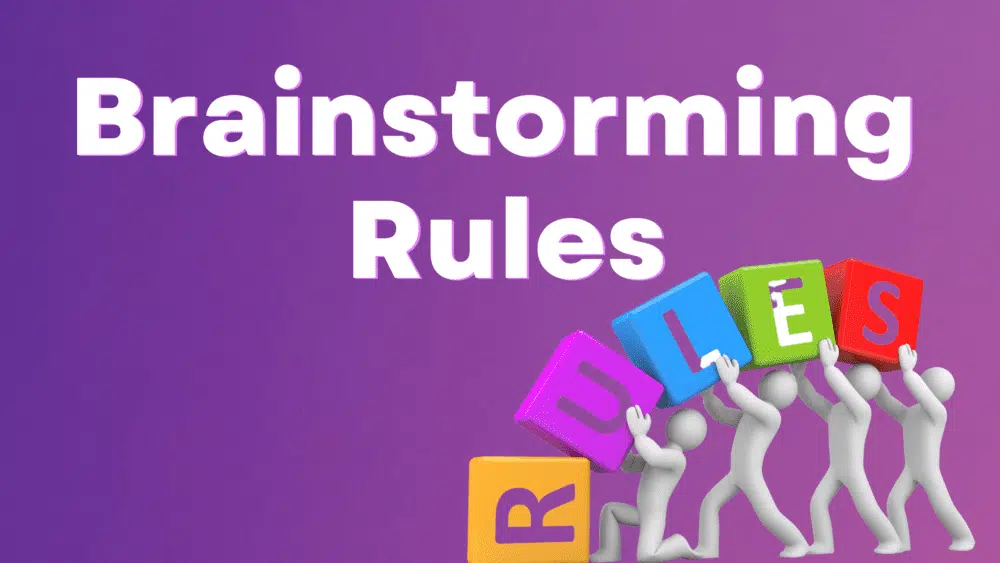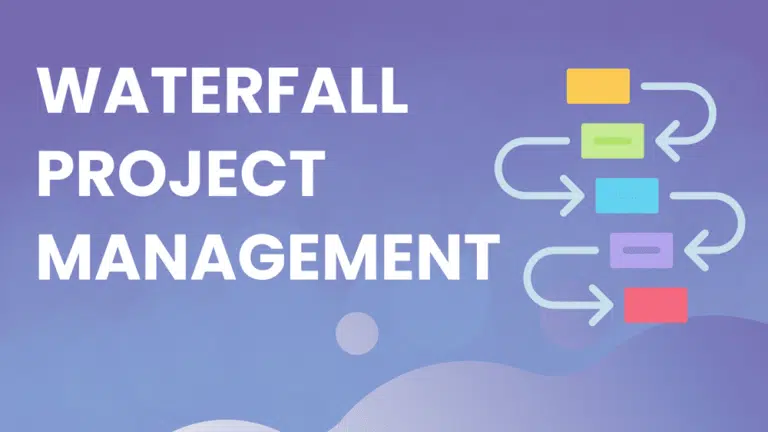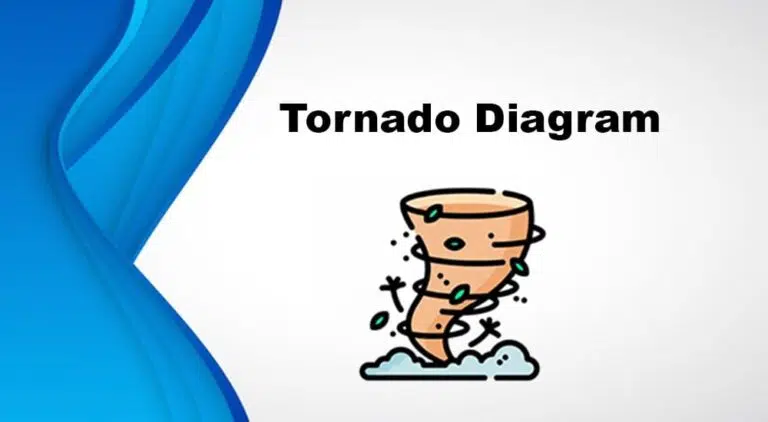Rules ensure that everyone follows the guidelines to make the working environment healthy and friendly.
The goal of brainstorming rules is the same, i.e., to ensure the brainstorming session environment is healthy and conducive so all attendees share their ideas without hesitation.
In today’s blog post, I will provide 10 simple rules to follow for your brainstorming session.
10 Simple Brainstorming Rules to Generate Ideas
Use the following 10 simple brainstorming ground rules to have a productive brainstorming session and generate many ideas:
#1. Go for Quantity Over Quality
The objective of a brainstorming session is to collect as many ideas as possible. Many ideas will ensure that you find new, innovative, and creative ideas to solve your problem.
You may be tempted to discuss or delete some unworthy ideas during the idea-collection stage. But you must avoid this tendency at all costs; otherwise, the purpose of brainstorming will be lost.
#2. Encourage Different, Wild Ideas
Encourage attendees to share any idea that comes to mind, regardless of how funny, wild, or weird it is. To encourage them, you can share a funny idea like an alien will come and steal your project consumables.
This will push attendees to provide out-of-the-box and unconventional ideas that can lead to breakthroughs.
#3. Prevent Diversion from the Topic
As a facilitator, you must ensure the session focuses on the topic. Many times, if the attendees are from the same organization or team, they will start a casual talk or joke during the session, and then the meeting will lead in a different direction.
Though you can allow little off-topic talk to lighten the mood or use icebreakers, you will limit it and direct the conversation toward the topic.
#4. Limit the Session Duration
Limit the brainstorming session duration to maintain focus and energy. If the session is long, you can give breaks every 30 minutes. This will motivate attendees to generate ideas quickly, and it will prevent the meeting from stagnating.
#5. Use Visual Aids
Visual aids such as graphics, charts, mind maps, etc., are great tools for some people to express their thoughts and provide out-of-the-box solutions.
You can use online collaborative idea generation or mind-mapping software if your team members are in different locations.
#6. Defer Judgement
Ensure no idea is discussed further in the initial round, as the primary aim is to generate the maximum number of ideas. Discussing ideas at the initial round will discourage participants from providing ideas and can encourage criticism of poor-quality ideas.
The focus must be on generating various ideas without immediately dismissing any.
#7. No Hierarchy
You must ensure that all attendees get equal attention and an equal opportunity to speak their minds. You must treat all participants equally—regardless of their position in the organization or their status.
This creates a conducive and inclusive environment where everyone feels comfortable and shares their ideas.
#8. Develop Ideas
After the first round of the brainstorming session ends, you will collect all ideas and group them according to their similarities. You will discard similar ideas and worthless ones.
You will ask participants to discuss the refined ideas further and expand and refine them further. This will provide more focused and comprehensive ideas.
#9. One Conversion at a Time
Avoid participants talking about non-issues. You must stop side conversations and distractions. Lead the conversation in the right direction and encourage them to contribute constructively.
#10. Respect Conflicting Ideas
This is the most important brainstorming rule that must be followed at all costs. The brainstorming session won’t provide fruitful results if you do not follow this rule.
In the session, many participants will provide conflicting ideas, and you must respect them and encourage participants to provide more ideas. New, innovative solutions can come from different perspectives.
Summary
These brainstorming rules will create a positive, open atmosphere that encourages creativity and collaboration during a brainstorming session. Adopt these rules to suit your session’s needs and enhance the effectiveness of the brainstorming process.

I am Mohammad Fahad Usmani, B.E. PMP, PMI-RMP. I have been blogging on project management topics since 2011. To date, thousands of professionals have passed the PMP exam using my resources.







